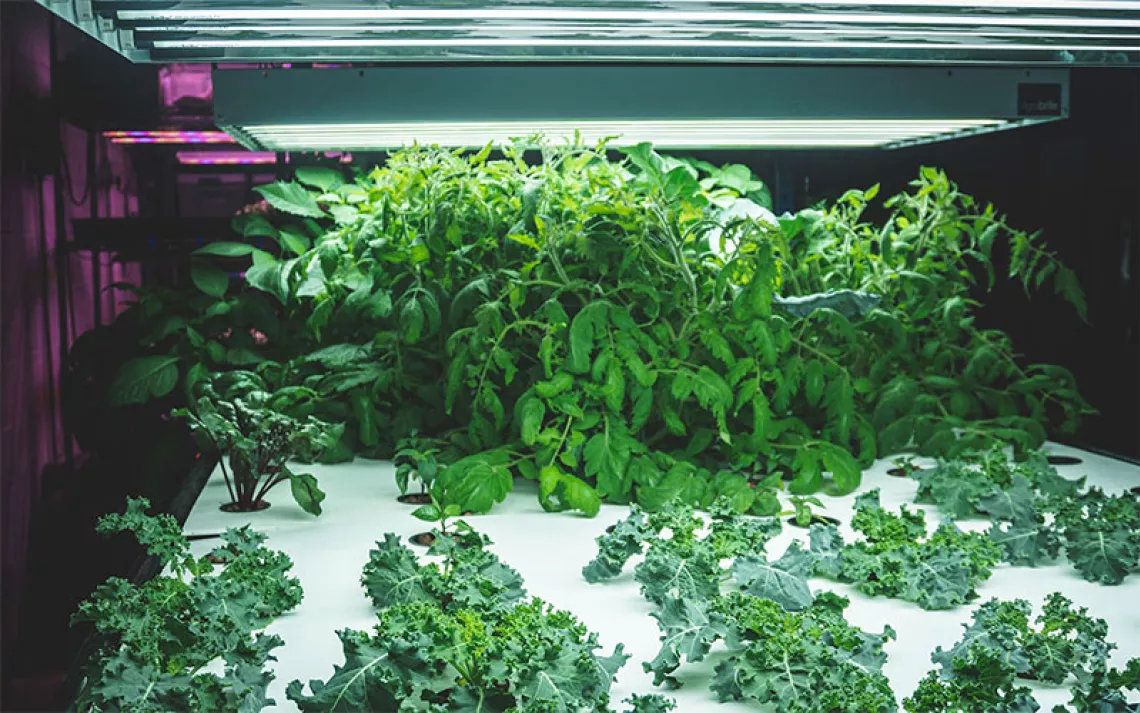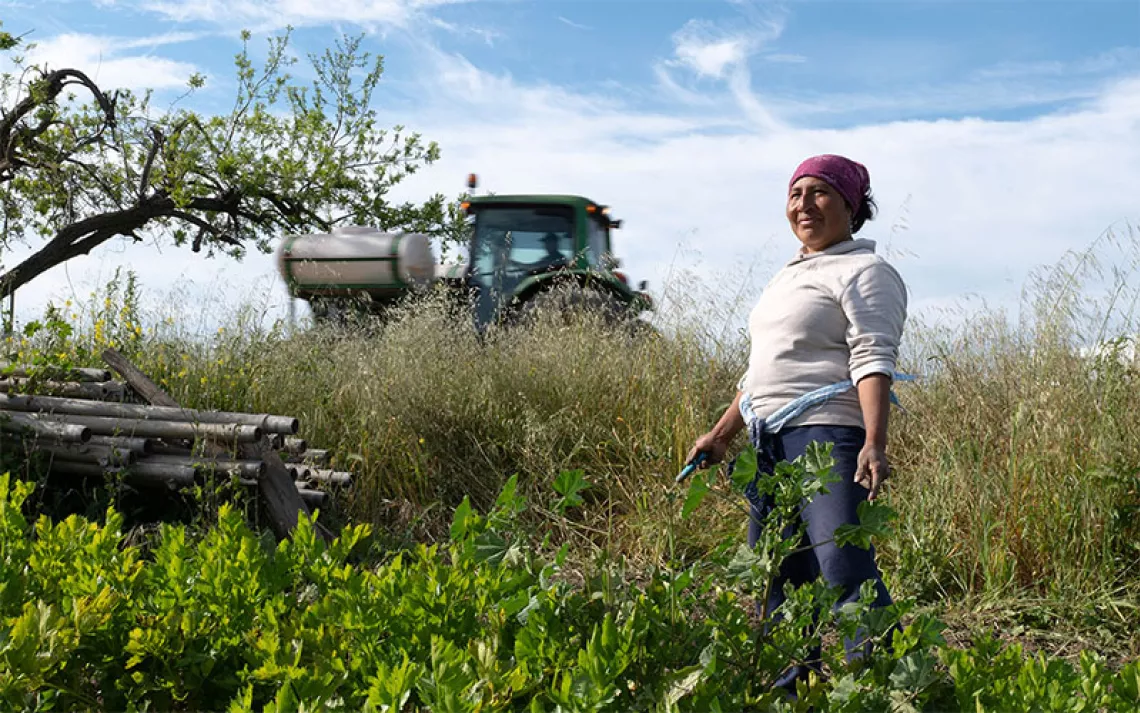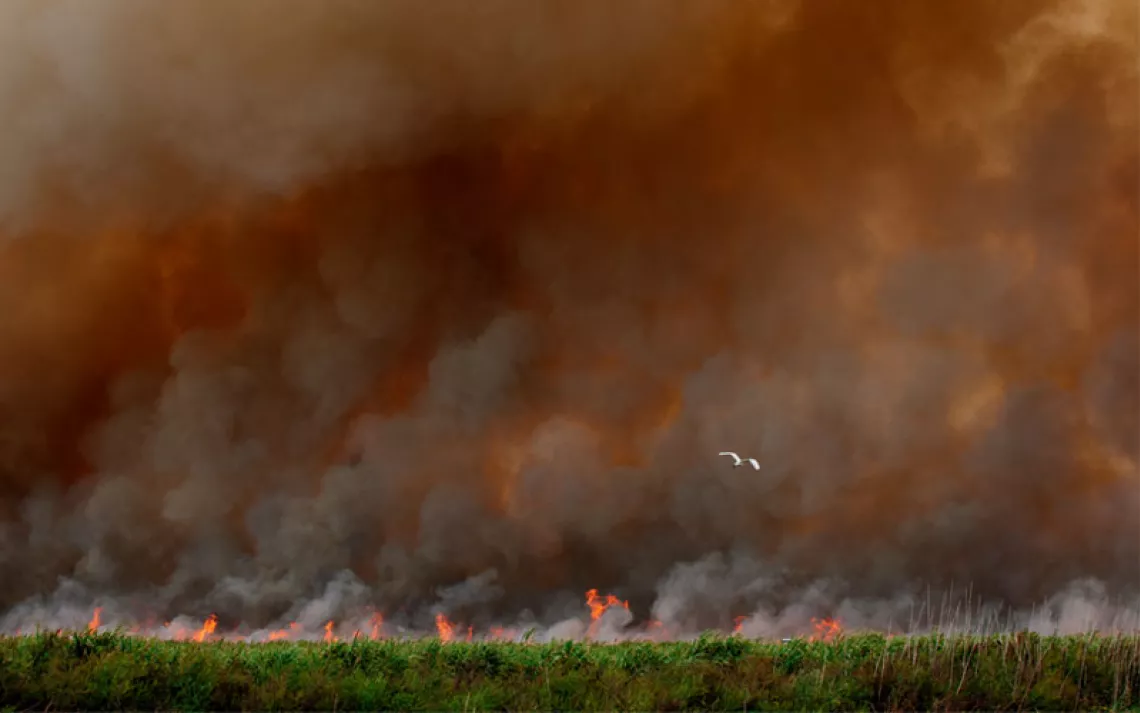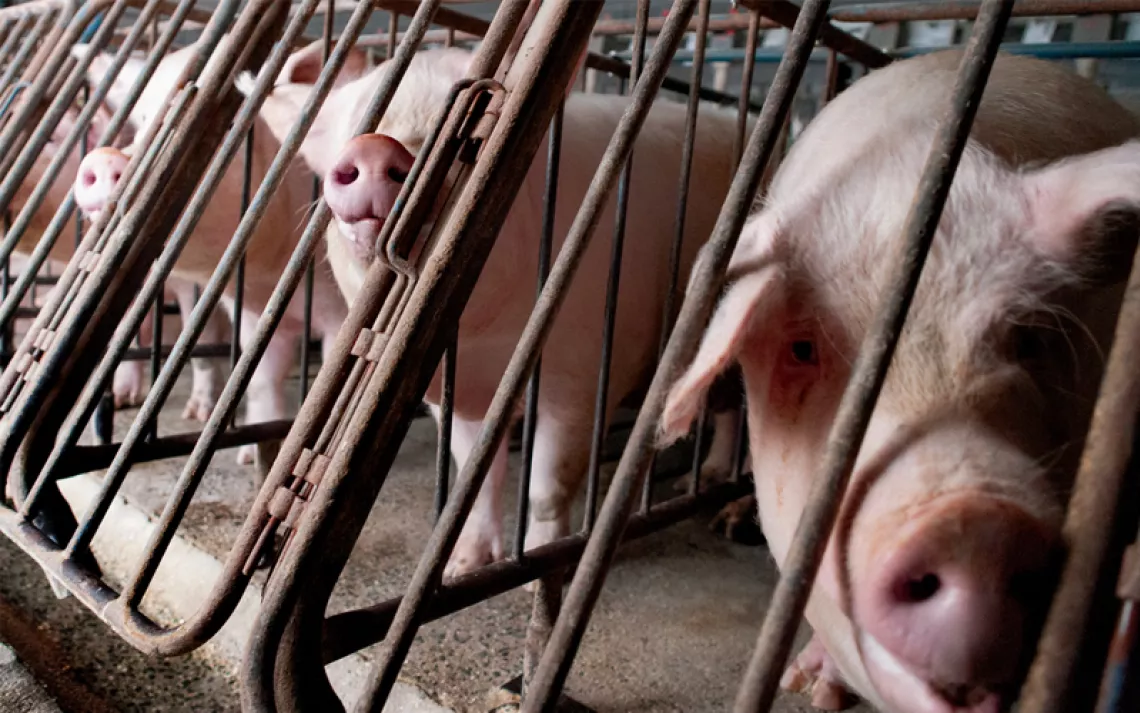Why the EU Chose Bees Over Pesticides
The EU’s neonicotinoid ban is a recognition of the $$$ pollinators bring to the farm
The European Union recently voted to put in place a near-complete ban on neonicotinoids—the most widely used class of insecticides in the world. In the case of neonicotinoids, their strength is also their weakness: They kill insects, and that includes killing honeybees and wild pollinators like bumblebees, which also happen to be insects.
Insecticides have always created a tricky situation for agriculture. Roughly a fifth of the crops humans grow get eaten by opportunistic insects before they leave the farm. Other insects, though, carry out billions of dollars of uncompensated labor by pollinating many of those same crops.
Historically, farmers have tried to manage this dilemma by only applying insecticides when plants are not flowering or by not applying insecticides to any plants that flower, period. In situations where local pollinators are simply not around anymore, they've compensated by renting honeybees during the weeks that their fields are in bloom. During the winter and early spring, beehives are loaded on the back of flatbed trucks and moved from crop to crop—an invertebrate variation on migrant farm workers.
In the case of neonicotinoids, these protections haven’t worked. The insecticides are water soluble, which means that they don’t just coat the plant but get absorbed and incorporated into the pollen and nectar that pollinators depend on for food. One study found that 95 percent of the neonicotinoid applied to a seed dispersed into the soil around it; other research found that neonicotinoids persist in the soil and build up over time. Scientists have found neonicotinoids in the pollen and nectar of wildflowers and in 75 percent of honey samples.
Establishing causality when it comes to neonicotinoids and pollinator mortality has not been easy. While other insecticides often kill honeybees and other pollinators outright, neonicotinoids only do so at extremely high doses. Instead, they seem to short-circuit navigation and memory, causing populations of honeybees and wild pollinators like bumblebees to dwindle over time, at levels that vary from species to species. A study in the Netherlands found that the neonicotinoids harm more than invertebrates, and that the insecticide’s use was correlated with a decline in local bird populations.
Neonicotinoids are popular for a reason: Unlike other insecticides, they almost never kill people or other vertebrates that come into contact with it. After they appeared on the market in the early 1990s, they quickly became a common ingredient in flea collars, garden treatments, and construction materials. In the early 2000s, the use of neonicotinoids as coatings for corn and soy seed began to rise dramatically, to the point where it became difficult for commodity farmers to opt out of buying coated seeds, even if they wanted to do so.
Beekeepers were among the first group to realize the danger that neonicotinoids can pose to pollinators, and the relative speed of the EU ban is a sign of the political sway they hold compared to beekeepers in the United States. This recent vote builds on a partial neonicotinoid ban that the EU passed in 2013. Some countries, like the United Kingdom, that voted against the initial partial ban changed their vote this time around and voted in favor of neonicotinoid restrictions.
The ban has some wiggle room. Farmers will be able to use neonicotinoids in greenhouses, despite worries that this will still allow the insecticides to leak into water supplies. Farmers can also petition for the right to use them when they feel like all other options have been exhausted. The ban also currently applies only to the three most commonly used neonicotinoids—clothianidin, imidacloprid, and thiamethoxam. Others, like thiacloprid and acetamiprid, will still be allowed.
Meanwhile, in the United States, regulation of neonicotinoids is still in the review stage at the EPA. The Sierra Club is one of several groups suing the EPA for approving neonicotinoids without gathering sufficient evidence of their safety first.
The UK environment secretary, Michael Gove, who reversed his vote and approved the ban, was motivated to do so by a study that didn’t even mention neonicotinoids. The critical factor, wrote Gove in an op-ed for the Guardian, was a study published last October about protected habitat in dozens of locations around Germany. The researchers found a 75 percent decline since 1989 in the number of flying insects on the relatively wild, undisturbed land, and while the study didn’t pinpoint a specific cause, it did note that 95 percent of the protected areas were surrounded by farms. “Where there is evidence that human activity is contributing to pollinator decline, we have a duty to act,” wrote Gove. “A deteriorating environment is ultimately bad economic news as well.”
 The Magazine of The Sierra Club
The Magazine of The Sierra Club




